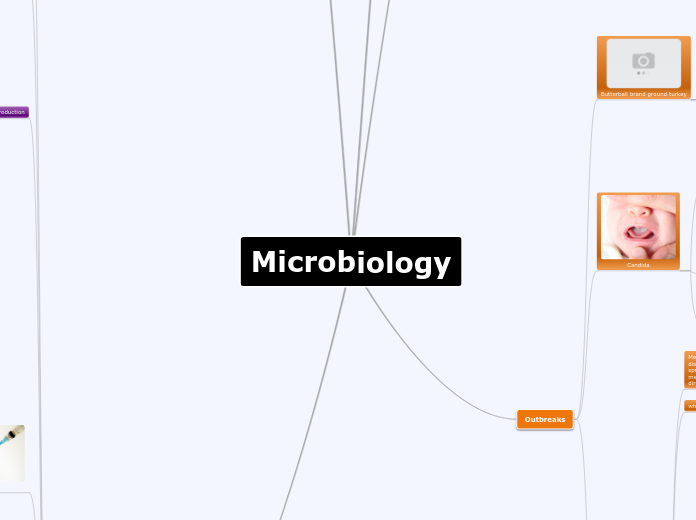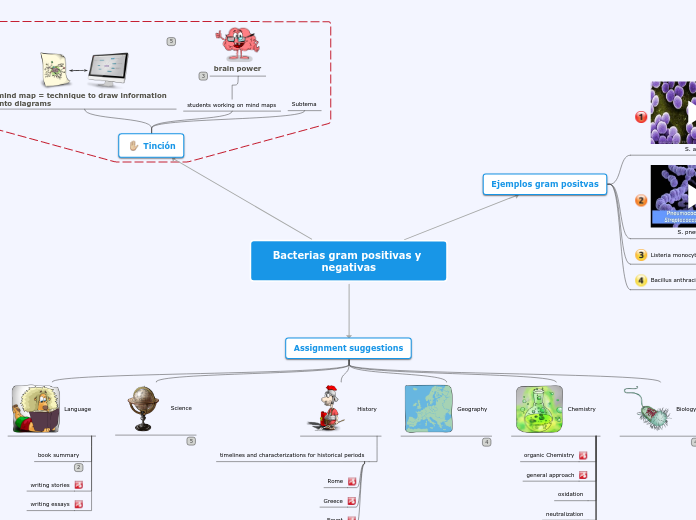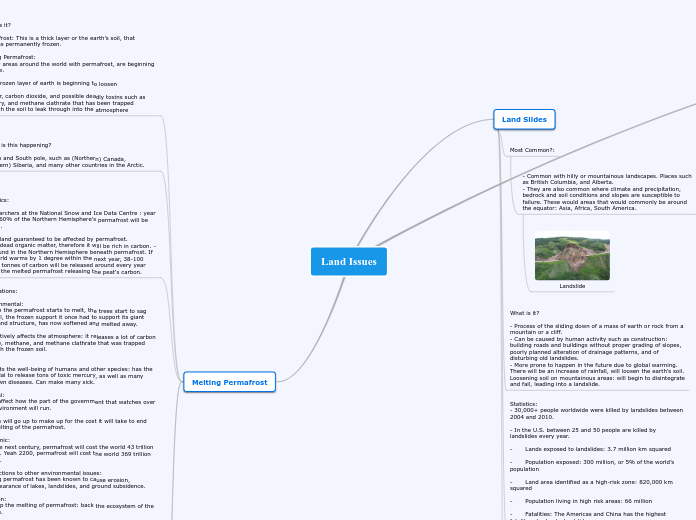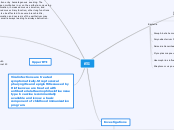Microbiology
Virus
Contagion
Contagion is a movie that we watched
in class about the spread of a virus (nipah)
The modes of transmission for this virus was
touching something that was touched by an infected person
air bone (coughing)
the symptoms were
foaming at the mouth
high fever
seizures
The CDC was involved, there job was to create a vaccine and prevent the disease from spreading
in the movie her husband didn't get infected because his immune system was strong and could protect him from the virus
The virus started when the lady touched
the chef who touched the infected pig
Viral Diseases
Plants
Viroid's - small infectious molecules of single stranded RNA that have no surrounding capsids.
reduces harvest amount
causes stunt growths
viruses have a difficult time invading plants because they have a cell wall but when plants do get the virus it can be very bad
plant injuries can make plants get the virus easier
insects can be carriers
Cancer causing viruses
oncogenic viruses
Hepatitis B
Human herpes virus
Human papilloma virus
Animals
Prions - protein infected particles
prions are nearly indestructible
Transferred in food
linked to several degenerative
brain diseases
creutzfeldt-jacob
mad cow
Hoof and mouth disease
Parvo
Rabies
Vaccines
prevention form any viruses
antibiotics are useless against viruses
viruses do not contain the enzymes which antibiotics work
few drugs treat or cure viral disease
examples
mumps
smallpox
rubella
polio
antiviral drugs that are effective interfere with viral DNA or RNA synthesis
stimulate the immune system to react against the actual diseases
Viruses reproduce in 2 different ways
lysogenic and lytic
Lysogenic
Lysogenic Infection
The host cell is not immediately destroyed
Viral DNA inserted into the host cell as a pro-phage
A host cell makes copies of the virus indefinitely
The virus's DNA is replicated along with the host cells DNA
The virus's embeds its DNA into the hosts DNA
Lytic
host cell is lysed (bursts) and immediately destroyed
Zika Virus (My InfoGrapgh)
what is a virus?
viruses are very small
to see viruses you'll need the help
of an electron microscope
Reproduce by infecting living things
they enter living cells and once
inside the cell they use the machinery
of the infected cell to produce more
viruses
They have RNA or DNA and a protein coat
viruses are non living
Bacteria
Are prokaryotic
Have no internal membrane system
Are unicellular
Can have shapes like
Spirillum (spiral)
Bacillus (rod)
Coccus
Can be
Chemoautotrophic
Photosynthetic
Heterotrophic
causes diseases by
Secreting toxins
Metabolizing their host
Size of Bacteria
can be found on most materials and surfaces
very small
Need a microscope to see
single celled organisms
Bacteria is ALIVE
They need to eat
some are warriors (pathogens) - they attack other living things
not all pathogens are harmful, some of them are helpful
Pediococcus: makes pepperoni, salami and summer sausage
Leuconostoc: makes pickles and sauerkraut
Lactobacillus: makes cheese, yogurt, buttermilk and produces vitamins in your intestine
Harmful pathogens are
Listeria - found in deli foods, lunch meats, smoked fish and vegetables
Salmonella - found in raw meats, poultry, eggs, sprouts, fruits and vegtables
E.coli - found in ground beef, contaminated fruits or vegtables
A pathogen is bacteria that makes you sick
To avoid Pathogens
store food properly to limit pathogen growth
cold temperatures (40 F)
cook food thoroughly to kill any pathogens that may be in your food
wash your hands often so you wont transfer bacteria to your mouth or food
warm water with soap for 20 seconds rub hard between fingers and nails
you can get a pathogen from human contact with someone who is sick
Direct or indirect
other surfaces that are contaminated
Water
Food
They produce poisons (toxins) that make you sick
can destroy body tissue
diarrhea
vomiting
Headache
Fever
they make you sick to get food they need to survive and reproduce
some are scavengers - share the environment around them
some make their own food from sunlight - like plants
They reproduce
Make copies of themselves by dividing in half
Grow in number not size
Outbreaks
measles
Measles can be avoided if everyone takes
the vaccine
complications
Most people recover from measles. Measles can cause serious complications in 20% of
cases, including ear infections, pneumonia, encephalitis (swelling or inflammation of the
brain), seizures, and deafness. In Canada, measles causes death in approximately 1 out of
every 3,000 cases.
symptoms
rash
cough
pink eye
red watery eyes
fever
runny nose
who can get measles
Anyone who has been in close contact with someone who has measles can get the disease
Measles, also known as Red Measles or Rubeola, is a serious disease caused by a virus. It is
spread very easily through the air when someone with measles coughs or sneezes, and by
direct contact with infected nose or throat secretions.
Candida
who is at risk
People who have recently spent time in nursing homes and have lines and tubes that go into their body (such as breathing tubes, feeding tubes and central venous catheters), seem to be at highest risk for C. auris infection.
What types of infections can C. auris cause
ear infections
wound infections
blood stream infections
Why is it a concern
It has caused outbreaks in healthcare settings. For this reason, it is important to quickly identify C. auris in a hospitalized patient so that healthcare facilities can take special precautions to stop its spread.
It is difficult to identify with standard laboratory methods, and it can be misidentified in labs without specific technology. Misidentification may lead to inappropriate management.
It is often multidrug-resistant, meaning that it is resistant to multiple antifungal drugs commonly used to treat Candida infections.
Butterball brand ground turkey
diarrhea, fever, and stomach cramps
6 cases, 0 deaths, 1 hospitalization. Wisconsin, north carlolina, minnesota
bacteria that caused outbreak was
Salmonella
Fungus
good fungus
Yeast for beer or bread
Example organisms
Sporangia
Coprinus
Mycelium
diseases
Aspergillosis
Candidiasis
Coccidioidomycosis
human infections result from the
inhalation of spores and or dried yeast farms made
airborne
pathogen: Cryptococcus neoformans
Fungal Nail Infections
Mucormycosis
Description
They are also heterotrophs, and gain nutrition through absorption.
Fungi are multicellular and eukaryotic.
Fungi includes a vast variety of organisms such as mushrooms, yeast, and mold, made up of feathery filaments called mycelium.
Reproduction
asexually
fragmentation
budding
spores
Protist
Different Types of Protist
Fungus Like
reproduce asexually with spores (like fungi) in fruiting bodies
move very slowly
few mm a day
They roll over forest floor feeding on dead organic matter
multi-cellular body (like giant amoeba) called plasmodium
Animal Like
all heterotrophes, classified by how they move
Sporozoans - plasmodium
many parasites, which depends on host body fluids to move
have no means of locomotion
reproduce by asexually by spores
Flagellates - euglena
Euglena
flagella or flagellum
live in fresh and brackish water rich in organic matter and can also be found in moist soils.
paramecium
live in aquatic environments, usually in stagnant, warm water.
Algal photosynthesis provides a food source for Paramecium.
cilia to move and eat
paramecium 40
paramecium 10
paramecium 4
Ciliates - paramecium
sacodines - amoeba
ameoba
reproduce by binary fission
This amoeba likes to live in warm water, including warm lakes and rivers, as well as hot springs.
they use there pseudopods to move and eat
Amoeba 40
Amoeba 10
Amoeba 4
Plant like
all autographs contain CHLOROPHYLL that have cell walls 2 major groups
multicultural algae
Brown algae
Unicellular algae
Diatoms
protist
Chlamydomanous
40
Live in fresh water
move with double flagellum
10
4









